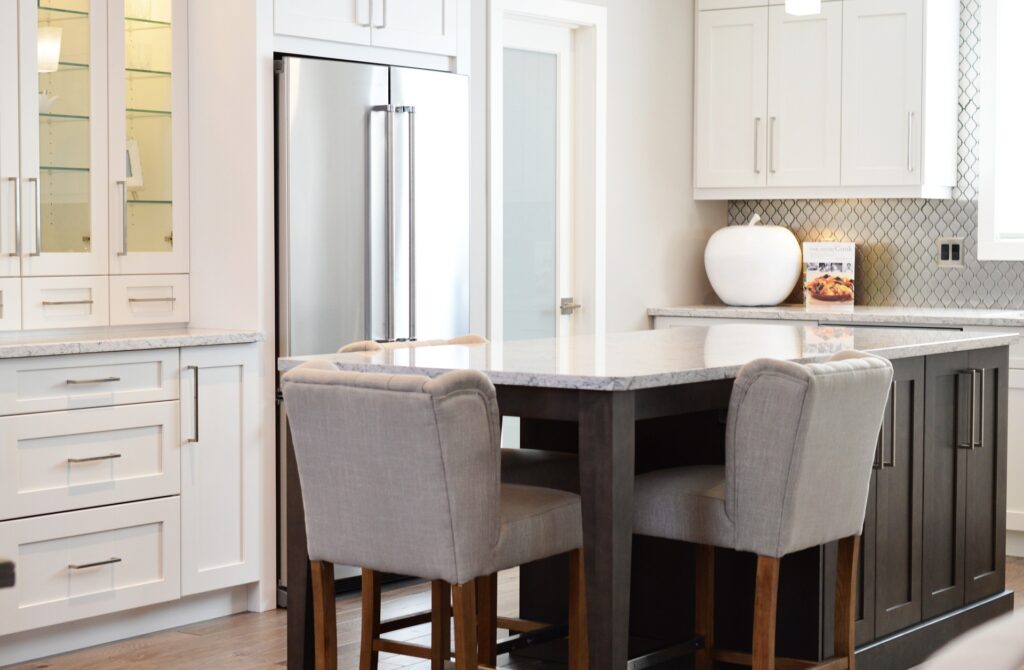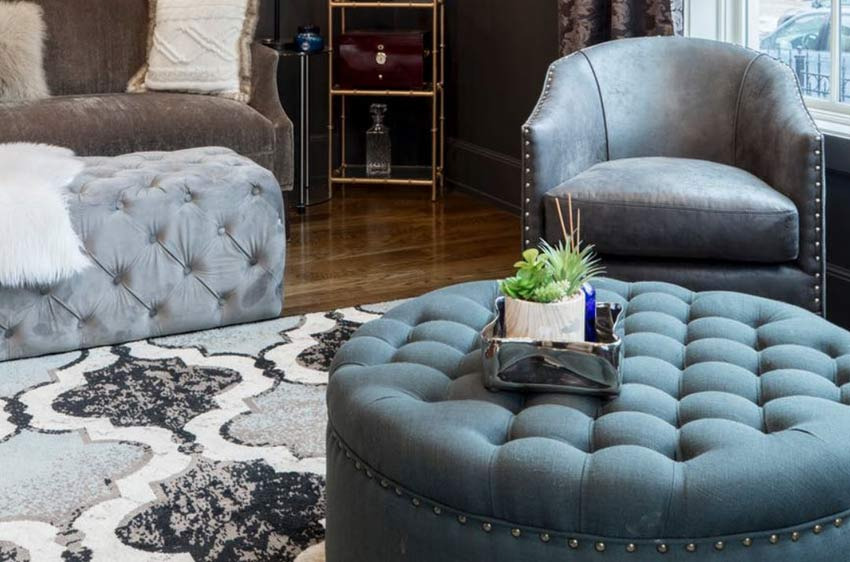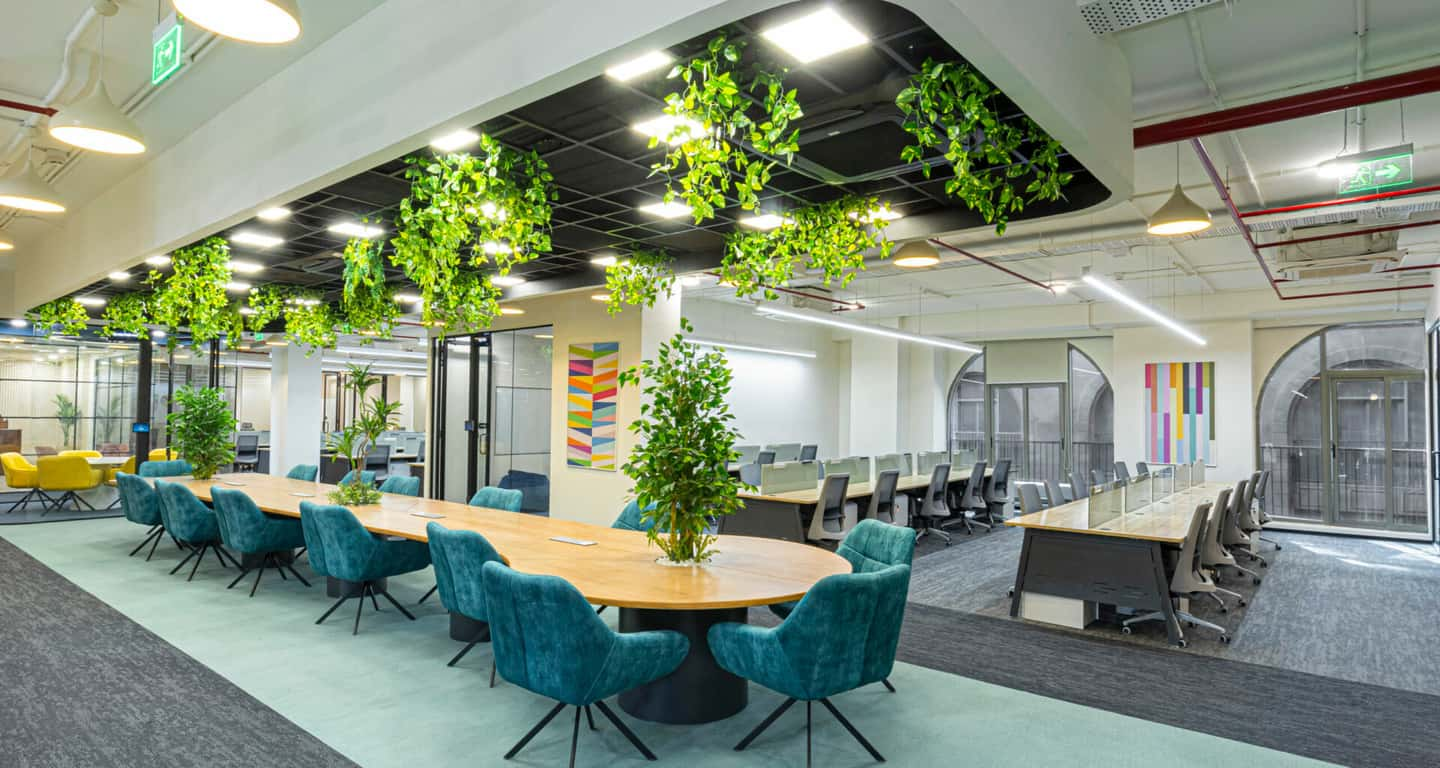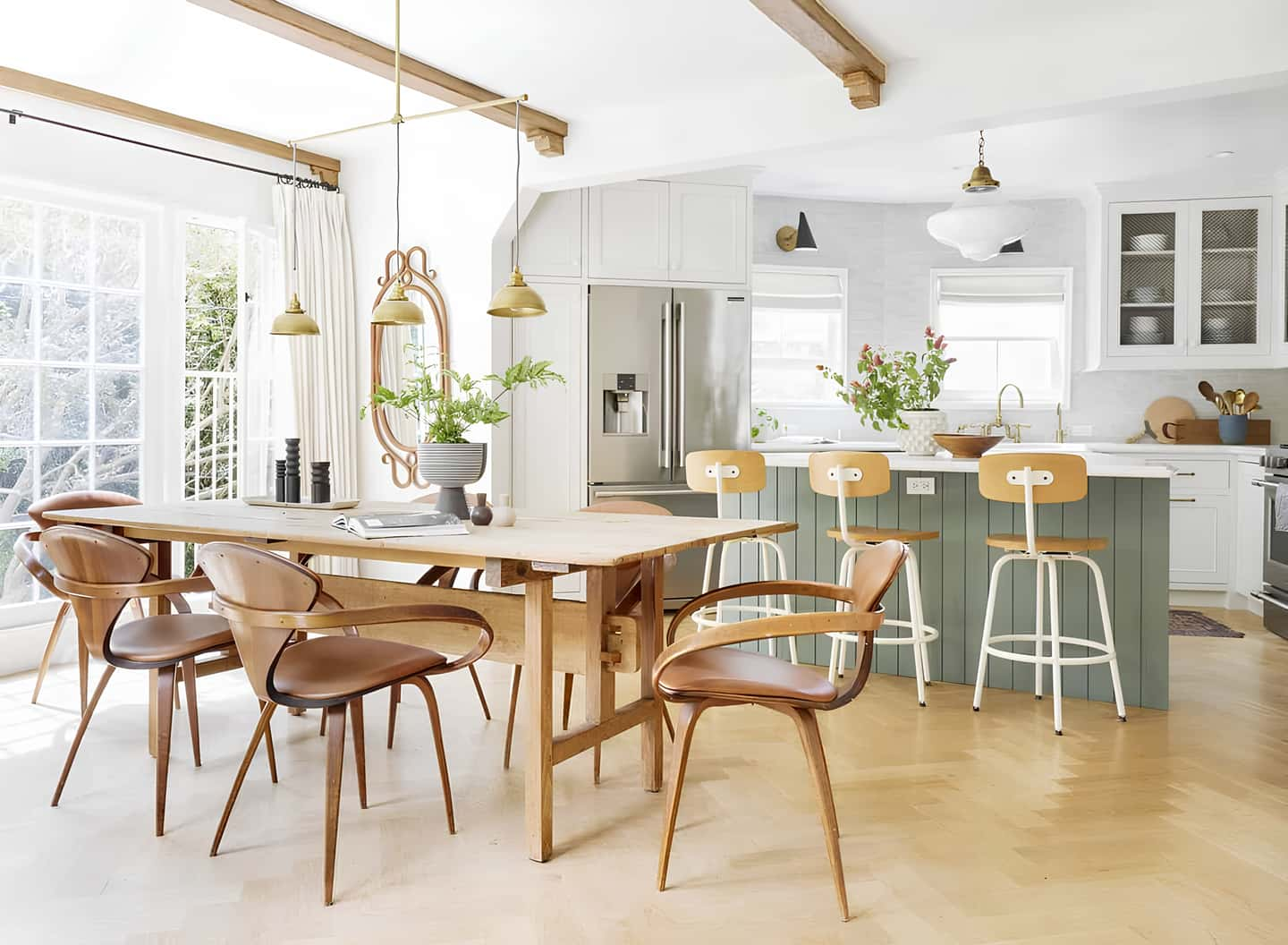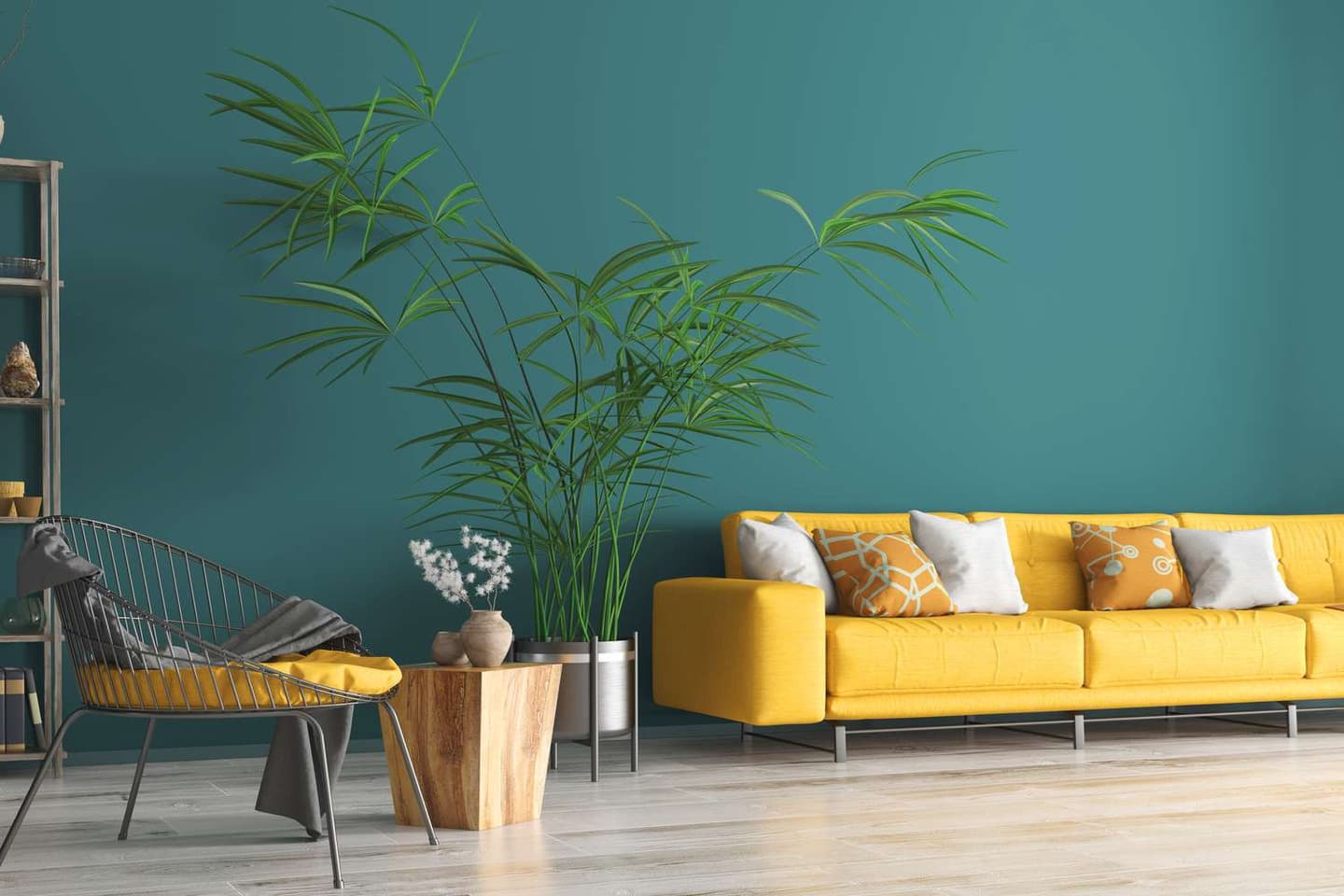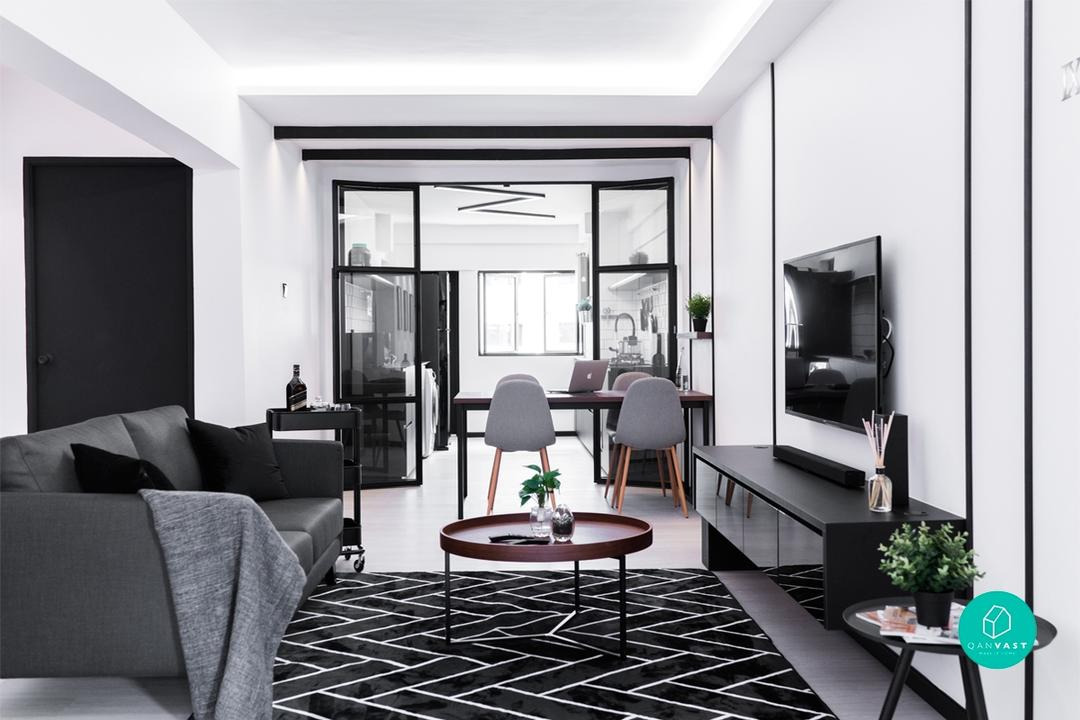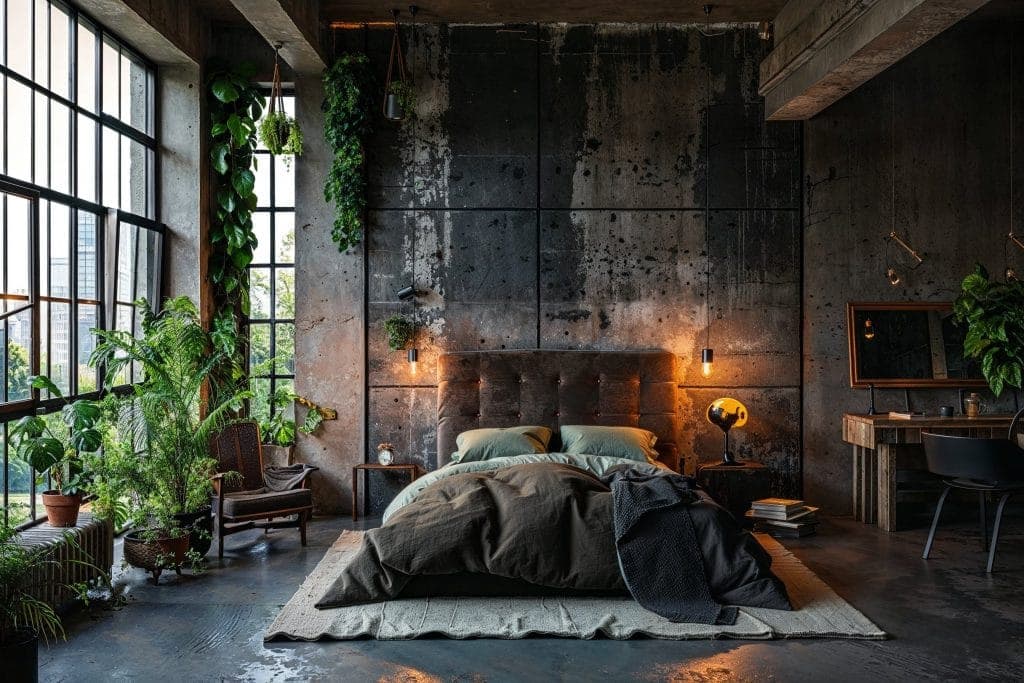As an interior design focused writer, I’ve learned that choosing the right furniture and putting it in the right place are important parts of making a space feel welcoming, useful, and nice to look at. Just putting together the right pieces of furniture in the right way can completely change a room, turning it into a place to relax, work, or have fun. I’ll share my ideas and suggestions on how to pick out and arrange furniture to make rooms that are both stylish and useful in this piece.
Assessing Your Needs
Before you start shopping for furniture, you should carefully consider your wants and the room’s purpose. I always prioritize understanding two things first: what activities will take place in the room and what specific needs the users have. This helps me figure out what kinds of furniture I need and how they should work.
I think about how the room will be used when I’m working on something like a living room. Will it mostly be a place to hang out with friends and family and relax, or will it also be a home office or playroom? Knowing the room’s main purpose helps me decide which furniture pieces are most important.
For maximum natural light, I prefer simple window treatments like sheer curtains or adjustable blinds. Putting mirrors in the right places can also help bounce light around and make a room brighter. Light tubes or skylights bring in natural light to windowless spaces like basements and bathrooms.
Defining Your Style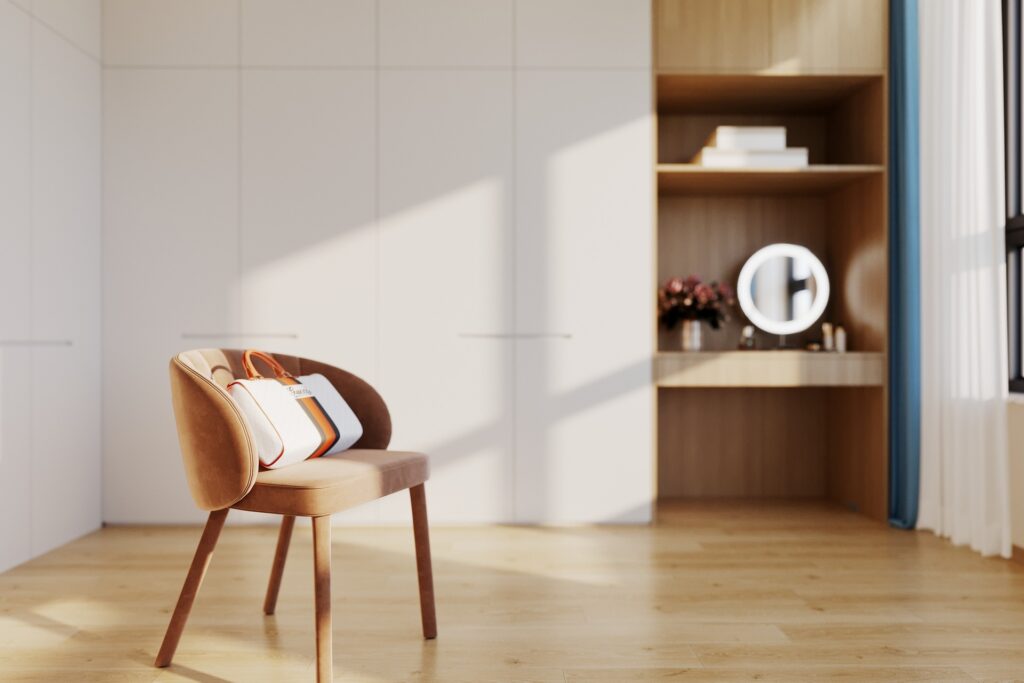
Once I know exactly what the functional needs are, I can figure out what style I want and how I want the room to look overall. “What style do you like?” I ask myself and my customers. “Modern and simple, or old-fashioned and fancy?” Figuring out what style you like can help you choose furniture that fits your style.
Interior design magazines, websites, social media sites, and even furniture stores are some of the places I go to get ideas. I save pictures that speak to me and match the style I want to achieve. I look for elements that show up over and over, like colors, patterns, textures, and materials.
When I look at places I like, I also think about how they make me feel. Would you describe the mood as warm and friendly, or sleek and classy? These ideas help me come up with a cohesive design plan for the room.
Once I have a good idea of what the client wants and needs, I can start making a furniture plan. To begin, I measure the room and make a rough sketch of the floor plan. This lets me try out different ways to arrange my furniture and find the best one that works best and looks good.
I think about how people naturally move through the room and how the placement of furniture can improve functionality and traffic flow. I find focal places, like a fireplace, a big window, or a piece of art, and then arrange furniture around them to make the room look balanced and draw attention to them.
Choosing the Right Furniture Pieces
I think about both style and usefulness when I choose furniture. I try to find pieces that fit the style I want and do what the room is supposed to do. To avoid making the room look too crowded or empty and uneven, it’s important to think about the furniture’s size, scale, and proportions in relation to the room’s dimensions.
Also, comfort is very important. To make sure the seats are comfortable, I always test them by sitting on sofas, chairs, and beds. Key things I look at are supportive cushions, ergonomic shapes, and the right upholstery materials.
I consider both how the furniture will be used and the needs of the people who will live there. I choose sturdy, easy-to-clean furniture for rooms where kids or pets are present. Since the room will be used for a lot of parties, I’m prioritizing furniture that can seat a large crowd.
Mixing and Matching
I love putting together different types of furniture from different brands to give a room more depth and visual interest. I try to make my outfit look like a whole while still adding different and interesting pieces. Too much uniformity can make a room feel dull, and too many different things can make it feel disorganized and out of place.
A lot of the time, I mix new and old things, or different textures like metal, fabric, and wood, to make a room feel warm and welcoming. I play around with color too, using hues that go well together or that are very different from each other to make the space interesting and lively.
Conclusion
Choosing and placing furniture is an important part of interior design that has a big effect on how a room looks, feels, and works. You can make rooms that are both comfortable and useful that show your personal style by figuring out your needs, style preferences, making a thoughtful layout, and picking out the right pieces.
Choose furniture considering its looks, durability, and versatility. Also, don’t be afraid to mix styles and materials to make things look interesting. When you arrange furniture, think about how it will move and what it will be used for. Add lighting and other accessories to finish the look and make it feel warm and welcoming.

I am a design enthusiast that loves writing about the latest trends and style when it comes to commercial and residential interior design. I also love architecture and buildings.

